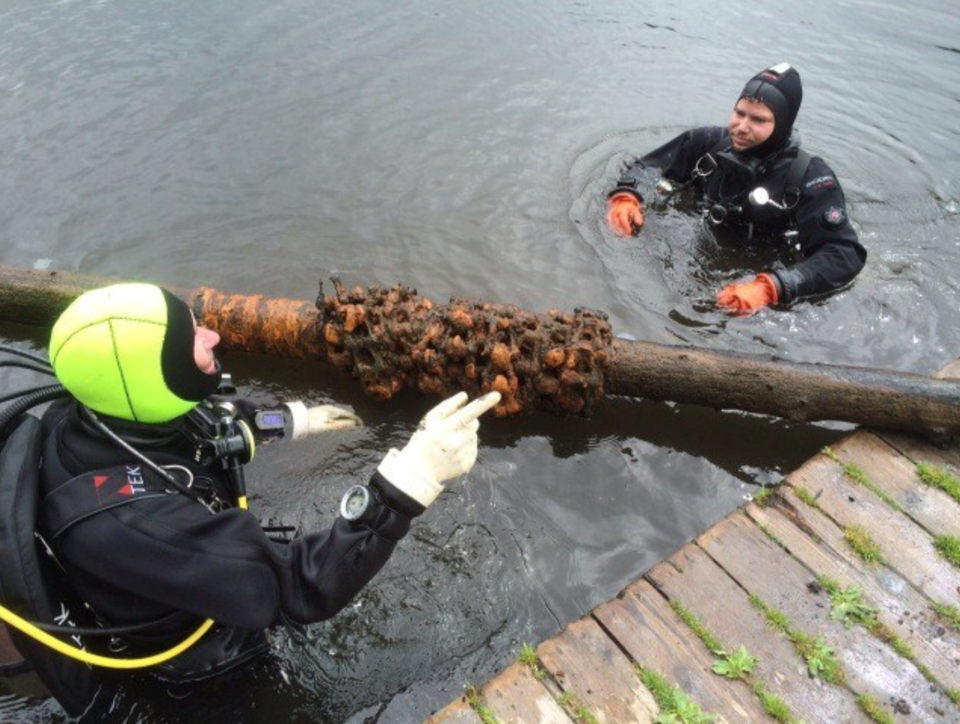I was pleased to read about the Whistler Lakes Conservation Foundation’s work with the Raincoast Conservation Foundation monitoring the health of Whistler’s lakes (Pique, May 10). It’s great to see people working to safeguard the future of the lakes. It’s also worth remembering some of the people who cared for the lakes in the past.
Indeed, we could start with the provincial government’s decision (or the people who convinced the province to decide) in the early ’70s to freeze development in the valley, in part because sewage was leaking from septic tanks and polluting the lakes.
In the years following the municipality’s incorporation the focus was, understandably, on building the village, the mountains and the infrastructure (sewer) to support the resort municipality. Then the focus shifted to summer amenities—golf courses, tennis resorts, parks. The lakes themselves, which the municipality controls access to but are otherwise outside its jurisdiction, were largely overlooked by most of us.
That began to change more than a decade ago when a few people organized the first Great Lake Cleanup. Roger McCarthy and Bruce Mohr were instrumental.
Andreé Janyk led the cleanup of Nita Lake for years, and Peter and Trudy Alder hosted a cleanup of Green Lake in 2018.
Henry Wang and his Divers for Cleaner Lakes and Oceans volunteers have collected beer cans, cell phones, golf balls and other detritus from the bottoms of Whistler’s lakes for the last 10 years. They will return the weekend of Sept. 14 this year.
Others who have supported the Great Lake Cleanup annually include the RMOW bylaw department, Whistler Fire Rescue, HI Whistler, Backroads Whistler, Nesters Market and Creekside Market.
Scientific monitoring is extremely important to the health of Whistler’s lakes. So too are the actions of Whistler residents and businesses.




